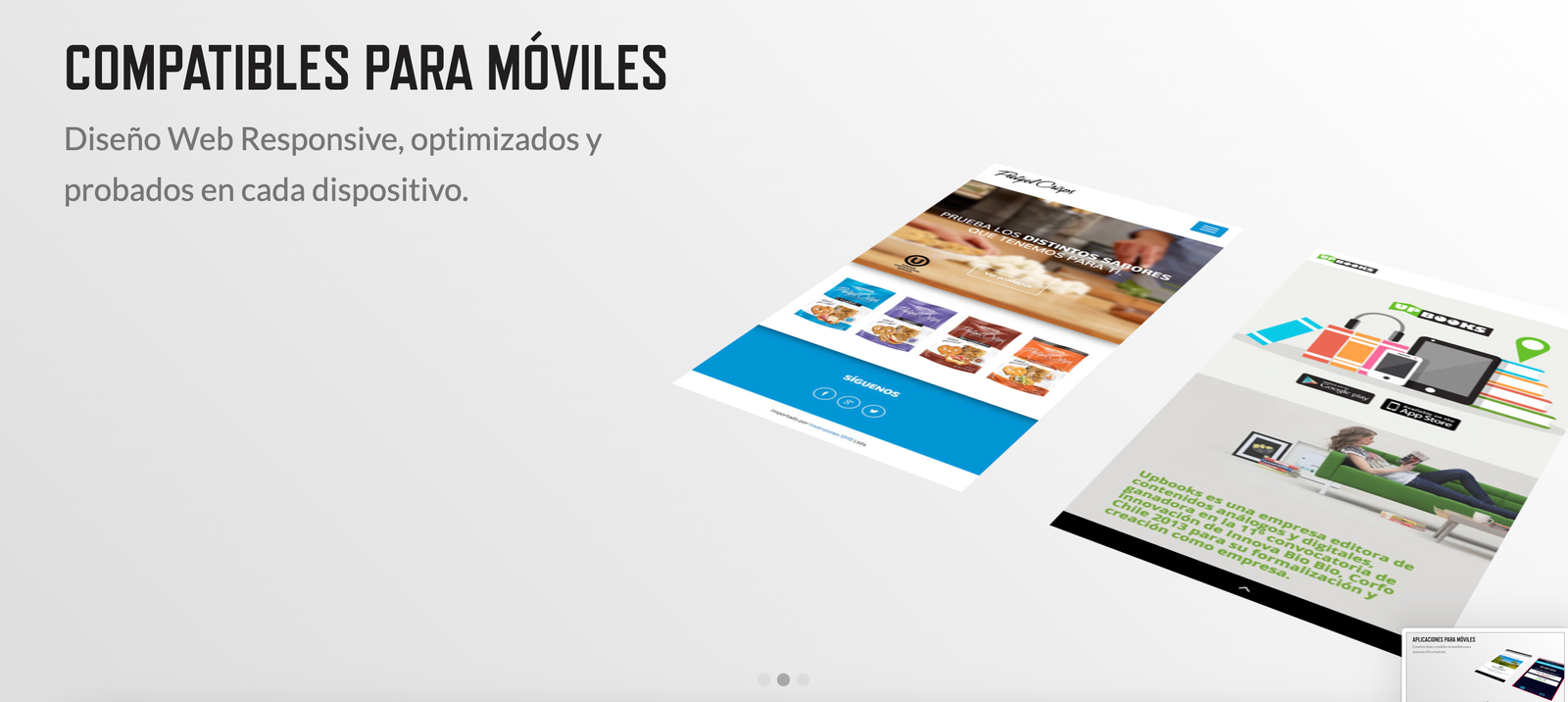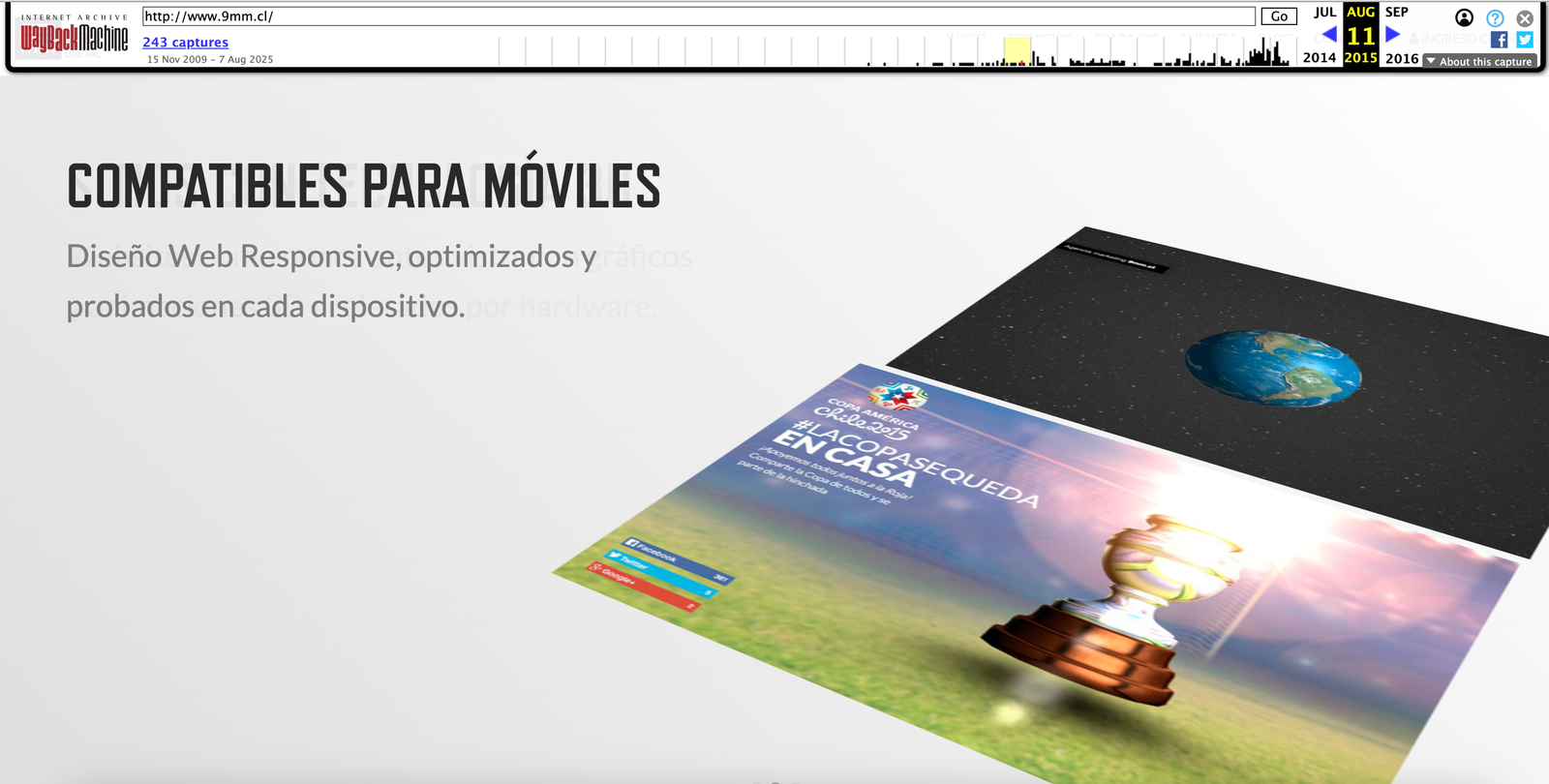
Back in 2011, Open WebGL started making waves in the world of web development. This technology allowed developers to bring high-performance 3D graphics directly into web browsers without needing plugins—a huge leap for interactive web experiences.


Fast forward to 2025, and WebGL is still going strong. Over the years, it has evolved with better performance, broader compatibility, and more advanced features, making it a core tool for countless projects, from gaming and simulations to data visualization and virtual reality applications.
Looking ahead to 2026, the growth of WebGL shows no signs of slowing down. With new enhancements and integrations, it continues to empower developers to create richer, more immersive experiences on the web. Whether you’re an experienced developer or just curious about web technologies, WebGL remains a fascinating and valuable tool to explore.
WebGL’s journey from 2011 to today is a reminder that web technologies, when designed for flexibility and scalability, can have a lasting impact and continue to grow alongside the needs of developers and users alike.